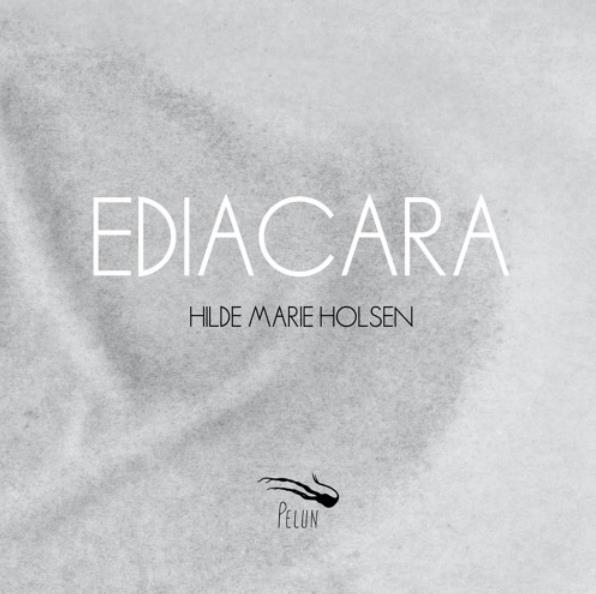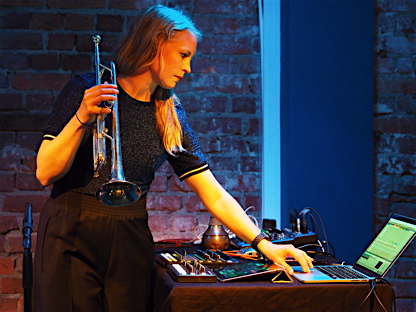Am 18. August erscheint mit “Ediacara” ein neues Album der norwegischen Trompeterin und Komponistin Hilde Marie Holsen. Anknüpfend an die beiden zurückliegenden Soloalben “Ask” (2015) und “Lazuli” (2018, beide Hubro) kommen in den drei z.T. ausladenden Movements, die nach den Erdzeitaltern Ediacara, Kambrium und Ordovicium benannt sind, nur die Trompete und elektronische Effekte zum Einsatz, wobei dem Instrument sowohl durch Spieltechniken als auch durch nachträgliche Bearbeitung ungewöhnliche Klänge entlockt werden. Das kann dann schon mal an das Dröhnen einer Glasharmonika, Streicher und Chorgesänge oder – laut Begleittext – an ein Schwein auf Trüffelsuche erinnern.
Vom Label heißt es: “The result is typically stark yet sensual, with harsh percussive patterns giving way to meditative, airy drones and then altering again as the focus shifts, as it were, from close up detail to the long view, or vice versa. Each of the three movements casts its own spell, and although the totality is intensely varied, there is a satisfying continuity. Everything seems to be in a constant state of flux, forever changing and becoming, with no end-view in sight, only more ceaseless development. As if echoing a kind of gradual evolution whose glacial rate of change is seen in time-lapse, whole epochs of sound can seem to fly past in a minute”.
Zu der Titelwahl sagt Holsen: “The titles represent different geological time periods – Ediacaran, Cambrian, Ordovician – that followed each other, and they relate to how different organisms appear and die out with changes in climate and different continents forming and breaking apart [...]. It’s an inspiring image of how my sounds are created and transformed, yet it also feels relevant for the time we live in now: the Cambrian era overlapped to the Ordovician era with warmer and warmer temperatures, leading the sea levels to rise and the period was characterised by an extremely hot global climate. The cover art, made by Kristine Knapstad, is an image of a fossil”. Das Album erscheint auf CD und zum Download bei Pelun.
Foto Kjetil Husebø

